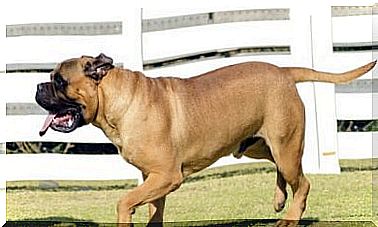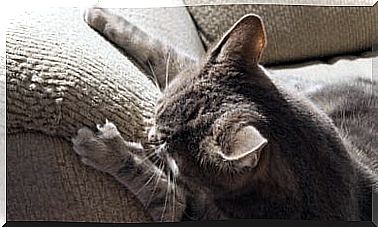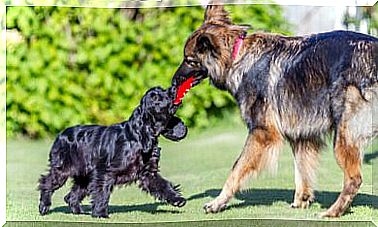The Otcione: Habits And Hunting Technique
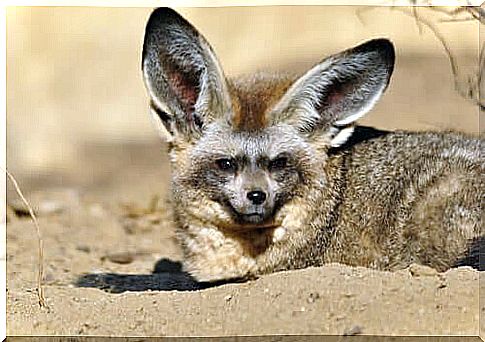
This carnivorous mammal of the canine family is small in size, with long legs and large ears. In this article we describe in detail the hunting techniques of the otcion, also called megalotid or bat-eared fox.
Characteristics of the otcione
It is one of the smallest canids in the family, reaching a maximum height of 70 centimeters and weighing just three kilos.
Attention is drawn to its large ears, which can be as large as its head, but also its long legs that “lift” it a lot from the ground and allow it to walk through tall grass without difficulty.
The otcione has short hair, with the exception of the tail. As for the color, it is mostly brown-gray with black “edges”. The face and throat are clearer.
Habitat of the otcione
The photocione formed two nuclei, both in Africa. The first is found in the eastern territories of the continent (between Somalia and Tanzania) and the second in the southern territories, especially in Angola. They prefer the savannah, the steppe and semi-desert areas, i.e. dry and warm areas.
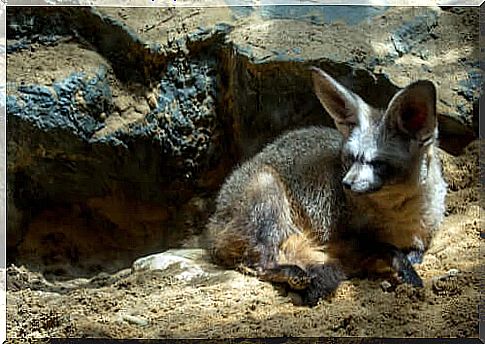
Behavior and reproduction of the photocione
It is a monogamous species, which means that it forms pairs that last for a lifetime. It is common to see the two adult specimens in the company of puppies, usually six. Parents dig a burrow underground after mating or use a shelter abandoned by another animal.
The gestation lasts two months and the puppies are suckled for 15 weeks. During this period, the father devotes himself to most of the care, including cleaning, defense, accompaniment, transport and protection.
As for the habits of life of the otcione, it is a nocturnal animal in winter and diurnal in summer. It is a rather sociable species that joins with other families to play, rest and eat in the community, but also to protect itself from predators.
Hunting technique
The photocione hunting technique is very particular and allows us to understand why each species is endowed with certain physical characteristics. In the case of this canid, its long ears allow it to locate the small invertebrates (ants, grasshoppers, termites or crickets) that make up its diet.
After finding them, it uses its long front legs to create a pit at very high speed. The shape of the mouth and muzzle also help him in this task: he has 50 sharp teeth. In addition to this, it is equipped with a “special” jaw that allows it to chew five times per second. No insect can escape it.
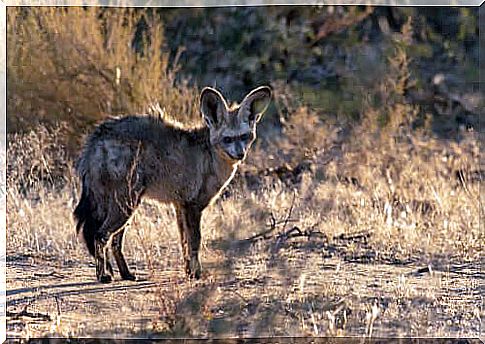
It eats its prey regardless of the stings or bites it may receive. Its coat is very thick and allows it to face even the voracious African termites!
Sometimes these animals hunt in groups in search of colonies of termites, even though they do not compete with each other for food as they lack the need for territoriality and for their highly sociable nature. When one specimen is satisfied, it gives way to another so that it can enjoy the same source of food.
The otcione is undoubtedly a very curious species and different from other canids in terms of eating habits and behavior. And his long ears certainly don’t go unnoticed!

